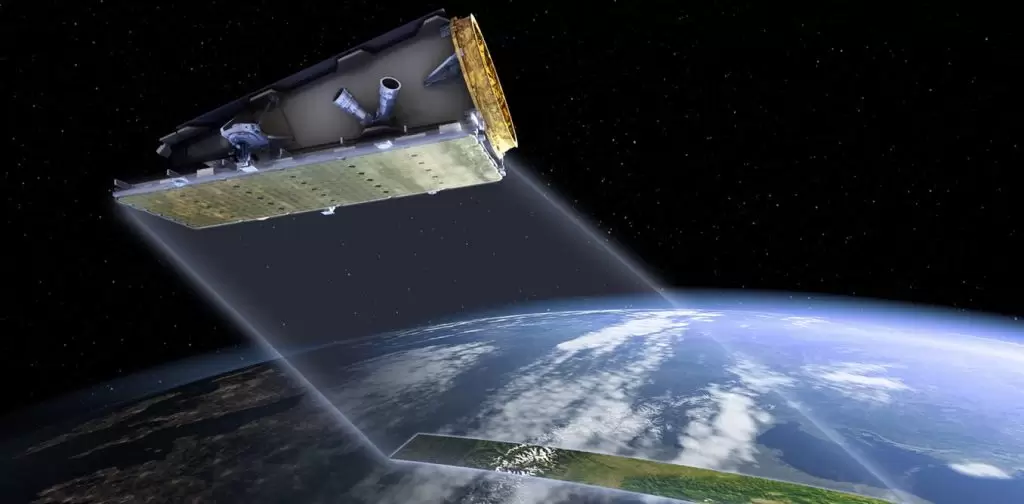Experts say the government’s allocation of $41 million seed funding to establish an Australian Space Agency is a great starting point. But will it lead to sustainable support for local industry?
The 2018 budget included seed funding of $41 million over the next four years to establish the first Australian Space Agency. Of this, $15 million will be dedicated to helping Australian industry partner with international agencies to gain a foothold in the US$345 billion (AU$462 billion) global space market.
According to the Chair of Engineers Australia’s National Committee for Space Engineering, Peter Moar, this announcement has made a lot of people happy.
“From an Australian perspective, this is a huge investment in space,” he said.
But Moar also pointed out that on an international scale, this investment is modest. For example, he said the UK and Canada have annual space budgets in the order of $150 to $250 million.
“I believe one of the roles of the new space agency will be to make the argument to source funding that is commensurate with Canada and the UK as examples,” Moar said.
Benefits to wider industry

According to Minister for Jobs and Innovation Michaelia Cash, the boost to the space industry will flow on to other sectors.
“Space technologies are not just about taking people to the moon, they underpin the long-term competitiveness of many other industries, including communication, agriculture, mining, oil and gas,” Cash said in a media release.
Flavia Tata Nardini, founder and CEO of Adelaide-based space startup Fleet, agreed. She stated that the Australian Space industry will touch the lives of each and every Australian, giving us the chance to play a growing role in this critical industry.
“Whether we realise it or not, space technology is a huge part of our daily lives,” Tata Nardini said.
Money flowing downstream
The government will pump a further $260 million into improving GPS technologies for local businesses and greater access to satellite imagery.
In a media release, Resources Minister Matt Canavan said more precise technology would make Australian businesses more productive, safer and more efficient.
“We rely on satellite and GPS technology for just about every aspect of our lives – from Google Maps on our individual phones, through to air traffic control at the busiest airports,” Canavan said.
The largest allocation ($160.9 million) will go towards improving the accuracy of GPS positioning from 5 m down to 10 cm across Australia and its waters using a satellite-based augmentation system. Another $63 million will be spent on a National Positioning Infrastructure Capability (NPIC) to make GPS accurate up to 3 cm in areas with mobile coverage.
The remainder of the funding will be spent on providing standardised satellite data to better understand environmental changes such as coastal erosion, water quality and crop growth.
According to Moar, this strong investment in the downstream space industry (aka data users) has left the Australian upstream space industry – those who develop and build technology such as satellites – on hold.
Moar emphasised the need for more funding to the upstream space industry to allow Australia to develop local capability to build microsatellites, which are larger and able to provide higher quality imagery and data than cube or nanosatellites.
This will reduce our reliance on data from space tech launched by other nations, Moar said.
“Australia is world’s best at processing data from space, but we are still a long way from being able to develop our own sovereign microsatellites program-based capability that will contribute imagery and data to the rest of the world,” he explained.

Need for ongoing support
The government has also commissioned a review of Australia’s space industry capability in order to develop a strategy to foster its development.
The expert reference group delivered their report on 29 March 2018, but at time of writing it is yet to be publicly released.
According to the Chair of the Space Industry Association of Australia, Michael Davis, it is vitally important the recommendations of the expert reference group be accepted and implemented.
“This will ensure that the new [Space] Agency has the necessary support from both government and industry to achieve the long term goals of industry engagement and economic development by promoting collaboration and investment nationally and internationally,” Davis said.
Moar also emphasised the need for ongoing support. He said that while the $41 million investment in the Australian Space Agency was a great kick-start, he hopes that it leads to sustainable and ongoing funding for the industry.
“Ideally this won’t be a false start and will be the beginning of the resourcing and underpinning of Australia’s space industry,” Moar said.
Flavia Tata Nardini will be part of a discussion about how Australia can keep innovating in the startup sector at this year’s Australian Engineering Conference. To learn more and to register, click here.



